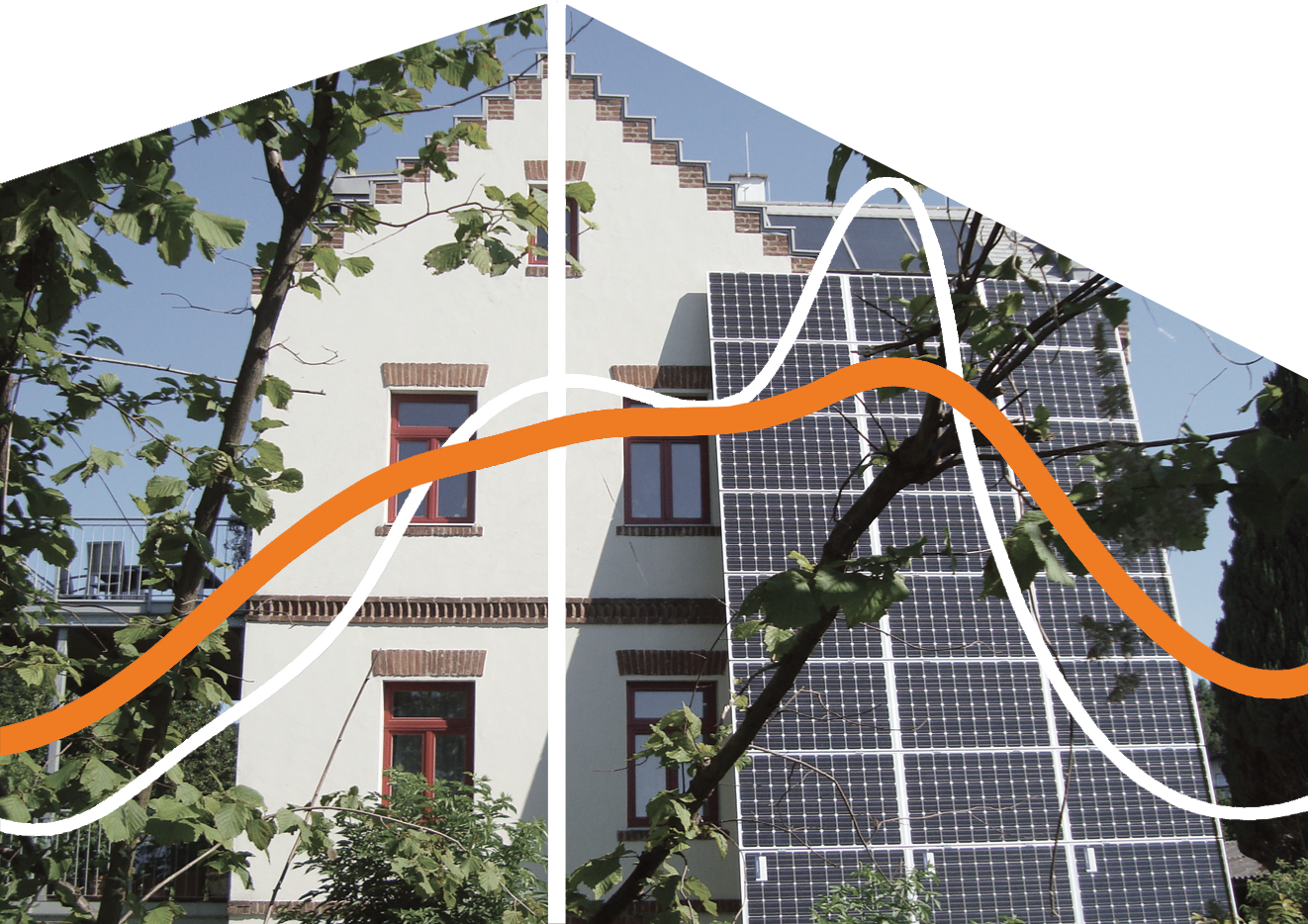IEA EBC Annex 67: Energy Flexible Buildings (working period 2015 - 2019)
Short Description
In the future, the high share of renewable energy sources in power and district heating grids will force the transition from a purely demand-oriented energy production ("generation on demand") to a production-oriented demand respectively consumption ("consumption on demand"). This is also rational and necessary for the promotion of more accurate direct use of short-term predictable yet not time-controllable renewable energy production from e.g. wind or solar power, as well as solar thermal systems. It will relieve the grids and storage requirements likewise.
Therefore, the switch of buildings and building clusters to the adaptation of the supply in the energy network or the local production ("consumption on demand") is indispensable. The question how much buildings - as consumers AND producers of energy - could fit these requirements and are suitable for this change was answered in this Annex, as well as the question what "energy flexibility" comprises in future. For characterizing the energy flexibility of buildings, a new methodology was proposed, described and partially evaluated. Demonstration buildings were analyzed and stakeholders asked about their requirements. The energy flexibility was described for different building categories including their storage options and building automation. All results have been documented and published in national and international reports. The Energy Flexibility of buildings can, as an example, be expressed as cooling curve for different building types, as illustrated in the figure below.
Structure of the Annex
- Subtask A: Definition and Context
As it was a new research area this Subtask developed a methodology and terminology for the characterization and labeling of Energy Flexibility in buildings - Subtask B: Analysis, Development and Testing
Different load management, storage incl. thermal mass, generation and control options for achieving and optimizing Energy Flexibility in buildings were investigated, simulated and tested in laboratory environment. - Subtask C: Demonstration and User Perspectives
The concepts were tested in real demonstration buildings or clusters of buildings, and user motivation and acceptance of Energy Flexibility in buildings was investigated.
An online report detailing the "Principles of Energy Flexibility" will be published by the international experts at the end of 2019. Diverse events and publications complemented the activities in the Annex, e.g. the "Stadt der Zukunft-Themenworkshop" on 26th September 2017 in Vienna.
Participants
Austria, Belgium, Canada, China, Denmark, Germany, Finland, France, Ireland, Italy, The Netherlands, Norway, Portugal, Spain, Switzerland, UK
Contact Address
Armin Knotzer
AEE – Institute for Sustainable Technologies (AEE INTEC)
Feldgasse 19, 8200 Gleisdorf
E-Mail: a.knotzer@aee.at
A. Susanne Metzger
TU Wien - Institute of Computer Aided Automation
Treitlstr. 1-3, 1040 Wien
E-Mail: angelika.metzger@tuwien.ac.at

